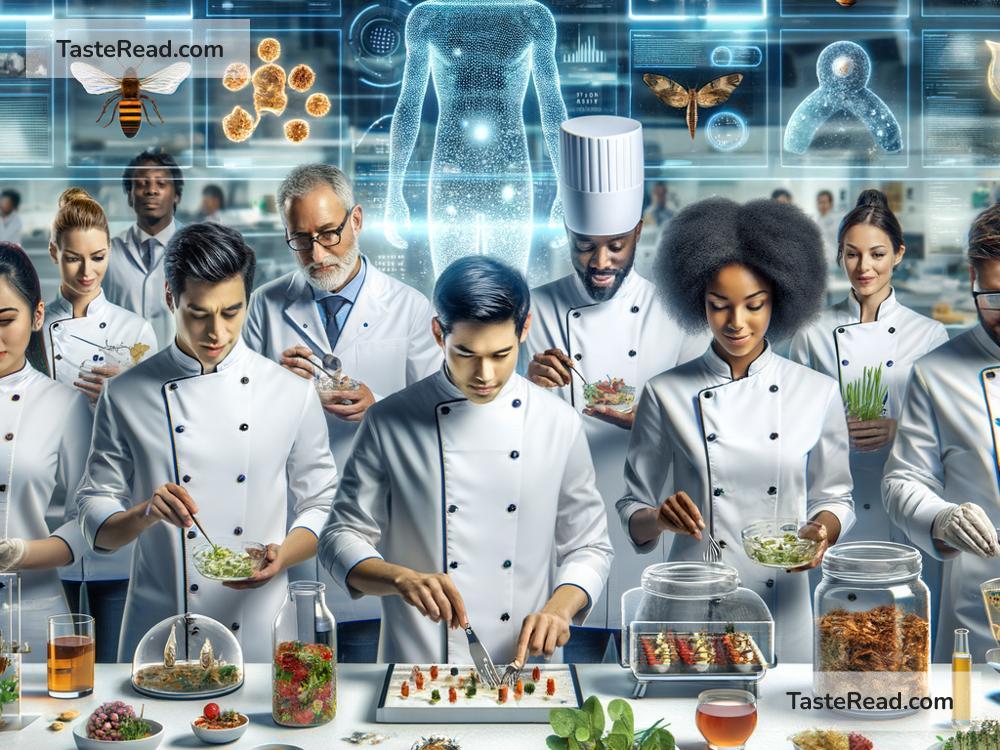The Future of Food: Inclusive Global Innovation for a Better Tomorrow
Food connects us all. Every bite we eat brings us closer to our families, communities, and the planet. But as the world grows, so do the challenges tied to food—like hunger, environmental impact, and access to nutritious meals. This raises an important question: What does the future of food look like? Can we create a food system that’s inclusive for everyone and sustainable for the planet?
The answer lies in innovation—new ideas, technologies, and solutions that bring positive change. But innovation won’t succeed unless it includes everyone. From farmers and scientists to consumers in every corner of the globe, we all play a role in shaping the future of food.
The Challenges We Face
Before we dive into solutions, let’s understand the challenges.
-
Hunger and Malnutrition: Even today, millions of people around the world go to bed hungry. Meanwhile, others eat food that’s filling but lacks essential nutrients. This inequality is a major issue, and solving it requires global action.
-
Population Growth: By 2050, experts predict there will be nearly 10 billion people on Earth. Feeding everyone will require a system that’s more efficient and scalable than what we have now.
-
Climate Change: Rising temperatures, extreme weather, and other effects of climate change are making farming harder. Food crops are struggling in places where they once thrived, and traditional methods aren’t enough to ensure consistent harvests.
-
Food Waste: Nearly one-third of all food produced globally is wasted. This happens not only at the consumer level but also during harvesting, transportation, and storage. Wasting food hurts both people and the environment.
-
Access to Technology: While some countries enjoy high-tech farming and food solutions, others lack resources and tools to grow enough food sustainably. Bridging this gap is essential for equality.
Innovations Shaping the Future of Food
The good news is that people around the world are working on solutions to address these challenges. Let’s take a look at some innovations making big changes.
1. Vertical Farming
Imagine growing food in tall buildings instead of traditional farms. Vertical farming allows us to grow crops indoors, using less land and water. It also protects plants from pests and unpredictable weather. Since these farms can be built in cities, food can be grown closer to where people live, reducing transportation costs and emissions.
2. Plant-Based Foods and Lab-Grown Meat
Today, there’s a growing interest in plant-based foods and lab-grown meat. These options are healthier for the planet because they use fewer resources than traditional livestock farming. As technology improves, these foods are becoming tastier, cheaper, and more accessible.
3. Precision Agriculture
Precision agriculture uses advanced tools like drones, sensors, and artificial intelligence to help farmers make better decisions. These tools can monitor soil health, predict weather patterns, and optimize watering and fertilization. This leads to higher yields while reducing waste and environmental damage.
4. Improved Food Storage and Transportation
New innovations in packaging and temperature control are helping reduce food waste during transportation. For example, smart storage systems track food freshness, ensuring that items reach consumers before they spoil.
5. Community-Based Solutions
Small-scale innovations tailored to local needs are transforming food systems in remote areas. Programs that train farmers, provide seeds suited to specific climates, or introduce low-cost irrigation solutions are empowering communities to thrive.
Inclusive Innovation: A Global Priority
For food innovation to truly succeed, it must include everyone. Here’s how inclusive innovation can change the future:
-
Empowering Small Farmers: Small farmers grow much of the world’s food, but many struggle with limited resources. By giving them access to technology, training, and financial support, they can boost their productivity and incomes.
-
Collaborative Research and Sharing: Countries with advanced agriculture systems can share knowledge and tools with regions facing food insecurity. Collaboration across borders ensures that everyone benefits from progress.
-
Listening to Communities: Innovations work best when they reflect the needs and traditions of local communities. For example, introducing drought-resistant crops is only helpful if those crops fit the preferences and diets of the people who grow them.
-
Affordable Access to Technology: Making tools and technology accessible to low-income communities is key. Governments, companies, and nonprofits can work together to keep costs low and provide financial aid where needed.
-
Promoting Sustainable Practices: It’s important to ensure that food innovations are eco-friendly and don’t harm the environment. Sustainable farming, zero-waste supply chains, and renewable energy can pave the way for a healthier planet.
Working Together for a Better Future
The future of food is a shared responsibility. Governments must make policies that prioritize sustainable farming and hunger relief. Scientists and innovators must focus on breakthroughs that help both rich and poor communities. Businesses must invest in ethical practices and ensure affordable access to their products. And you—yes, you—play a role too. By choosing sustainable foods, reducing waste, and supporting local producers, you can help drive positive change.
Hope for Tomorrow
It’s easy to feel overwhelmed by the challenges of feeding a growing population, but there’s plenty of reason for hope. With bold ideas and inclusive solutions, we can create a food system that nourishes everyone while protecting the planet. Whether it’s through vertical farming, lab-grown meat, or empowering small farmers, the future of food is full of possibility. And together, we can make it a future where no one is left behind.
In the end, food isn’t just about survival—it’s about connection. And when we innovate together, we can ensure that everyone has a seat at the table.


